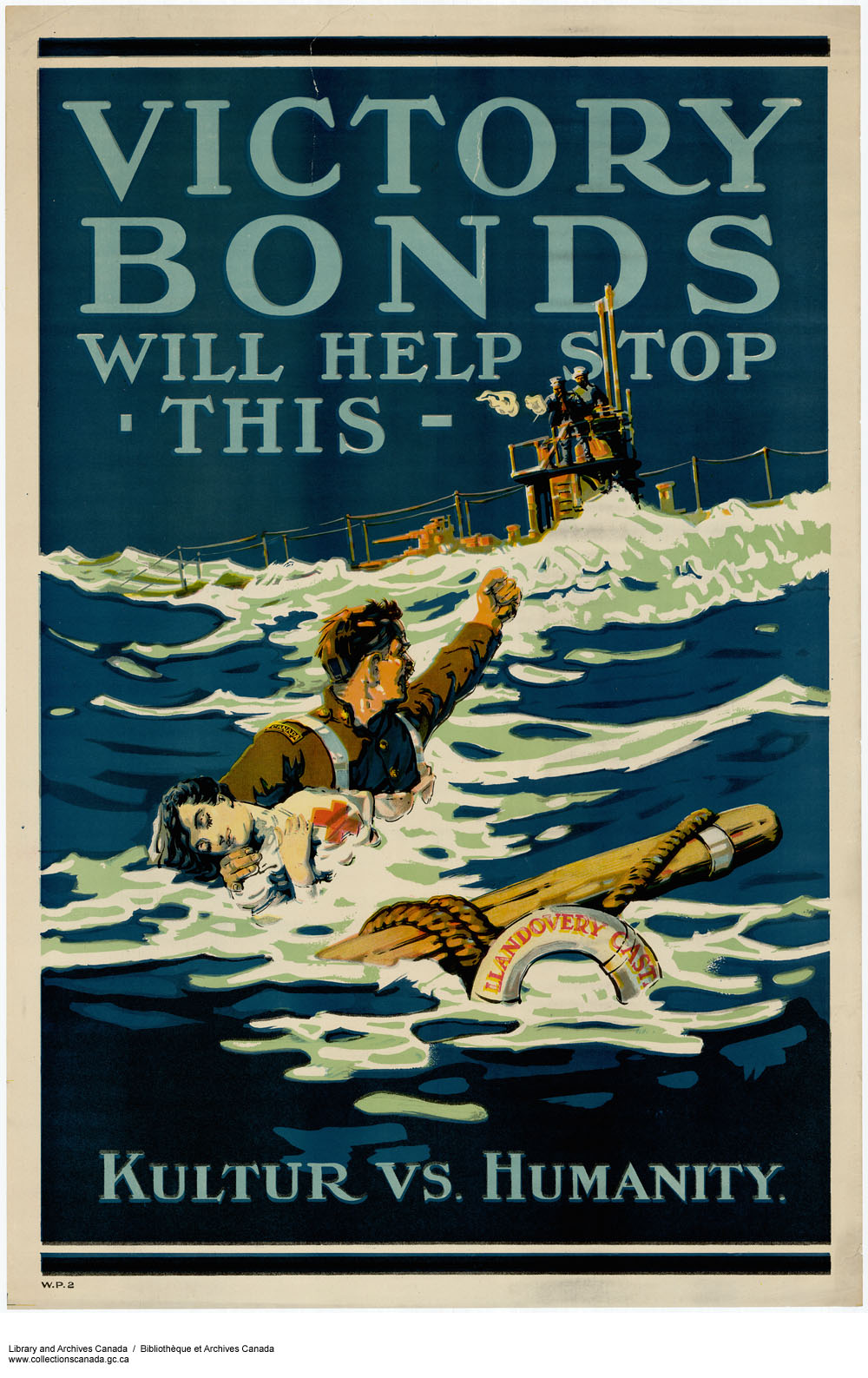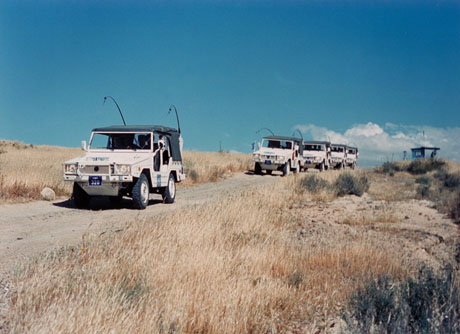Article
Avro CF-100 Canuck
The CF-100 Canuck, manufactured by A.V. Roe Canada (Avro), was the first jet fighter designed and built entirely in Canada. It flew in front-line air defence from 1953 until the early 1960s.

Enter your search term
Signing up enhances your TCE experience with the ability to save items to your personal reading list, and access the interactive map.
Create AccountArticle
The CF-100 Canuck, manufactured by A.V. Roe Canada (Avro), was the first jet fighter designed and built entirely in Canada. It flew in front-line air defence from 1953 until the early 1960s.
"https://d3d0lqu00lnqvz.cloudfront.net/media/media/3a0a9f3f-2007-4508-9859-461204bba5f2.jpg" // resources/views/front/categories/view.blade.phphttps://d3d0lqu00lnqvz.cloudfront.net/media/media/3a0a9f3f-2007-4508-9859-461204bba5f2.jpg

Article
During the Cold War, the Canadian Navy played a crucial role in antisubmarine warfare (ASW), working closely with its allies to patrol and monitor the North Atlantic and Pacific Oceans for Soviet submarine activity. Canada invested in new technology and continually modernized its fleet of ships and aircraft to better detect and counter Soviet submarines. It also operated strategic warning systems with its allies, particularly the United States. By the end of the Cold War, Canada had developed a very high reputation in the field.
"https://d3d0lqu00lnqvz.cloudfront.net/media/media/9f869e07-d522-4293-927d-787f3be65104.jpg" // resources/views/front/categories/view.blade.phphttps://d3d0lqu00lnqvz.cloudfront.net/media/media/9f869e07-d522-4293-927d-787f3be65104.jpg

Article
When the First World War began in August 1914, the Royal Canadian Navy (RCN) was unprepared to fight a war at sea. Founded only in 1910, it consisted of two obsolete cruisers, HMCS Niobe and HMCS Rainbow, and about 350 regular sailors, augmented by 250 reservists. During the war, it was assigned a growing number of tasks, which it was ill-equipped to perform. This included protecting Canadian coastal waters against German U-boats. The RCN scrambled to find ships and sailors but was ill-equipped to fight enemy submarines, which sank several vessels in Canadian waters in 1918.
"https://d3d0lqu00lnqvz.cloudfront.net/ASW/VictoryBondsPosterLlandoveryCastle1918.jpg" // resources/views/front/categories/view.blade.phphttps://d3d0lqu00lnqvz.cloudfront.net/ASW/VictoryBondsPosterLlandoveryCastle1918.jpg

Article
The Sound Surveillance System (SOSUS) was a network of passive sonar stations established by the United States Navy (USN) in the early 1950s to “listen” for Soviet submarines. SOSUS was a core element of antisubmarine warfare (ASW) during the Cold War. It developed out of intense postwar oceanographic research into how sound is propagated under water. Given Canada’s shared responsibility for the defence of North America, the Royal Canadian Navy (RCN) was actively engaged in this research and mission and helped operate SOSUS. The mission was highly classified throughout the Cold War and only declassified in 1991. SOSUS became part of the Integrated Undersea Surveillance System (IUSS), a broader network of fixed and towed sensors that remains operational.
"https://d3d0lqu00lnqvz.cloudfront.net/ASW/Atlantic Canada w-markers_EN Final.jpg" // resources/views/front/categories/view.blade.phphttps://d3d0lqu00lnqvz.cloudfront.net/ASW/Atlantic Canada w-markers_EN Final.jpg

Macleans
This article was originally published in Maclean’s magazine on September 12, 2005. Partner content is not updated. FOR THE FIRST TIME SINCE the attacks of Sept. 11, 2001, Canadian and American officials will sit down across the table from one another this month and begin delicate negotiations over the future of their joint military institutions.
"https://www.thecanadianencyclopedia.ca/images/tce_placeholder.jpg?v=e9dca980c9bdb3aa11e832e7ea94f5d9" // resources/views/front/categories/view.blade.phphttps://www.thecanadianencyclopedia.ca/images/tce_placeholder.jpg?v=e9dca980c9bdb3aa11e832e7ea94f5d9

Article
Before 1870, the defence of Canada was a costly burden for France and then for Great Britain, invariably against enemies to the south, be they Iroquois, English or the American invaders of 1775-76 (see AMERICAN REVOLUTION) or of 1812-14.
"https://d3d0lqu00lnqvz.cloudfront.net/media/media/50aaa656-14dd-487f-949d-3bfe5facf6d3.jpg" // resources/views/front/categories/view.blade.phphttps://d3d0lqu00lnqvz.cloudfront.net/media/media/50aaa656-14dd-487f-949d-3bfe5facf6d3.jpg

Article
Defence research, initiation and development of weapons or technologies likely to be useful in national defence, is a comparatively recent phenomenon in Canada.
"https://www.thecanadianencyclopedia.ca/images/tce_placeholder.jpg?v=e9dca980c9bdb3aa11e832e7ea94f5d9" // resources/views/front/categories/view.blade.phphttps://www.thecanadianencyclopedia.ca/images/tce_placeholder.jpg?v=e9dca980c9bdb3aa11e832e7ea94f5d9

Article
Exercise Tocsin B was a nationwide nuclear preparedness drill that lasted 24 hours between 13 and 14 November 1961. It was the last of three national survival exercises named Tocsin in 1960–61. It was also the largest and most widely publicized civil defence drill ever held in Canada. This Cold War exercise run by the Canadian Army simulated the impact of thermonuclear warfare in Canada. Its goals were to show how the state would warn Canadians of such an attack and how government would continue during the crisis. By raising popular awareness of the potential for a devastating nuclear attack, Tocsin B showed Canadians what was at stake in the Cold War.
"https://d3d0lqu00lnqvz.cloudfront.net/media/new_article_images/ExerciseTocsinB/EMO_excerpt.JPG" // resources/views/front/categories/view.blade.phphttps://d3d0lqu00lnqvz.cloudfront.net/media/new_article_images/ExerciseTocsinB/EMO_excerpt.JPG

Article
The armed forces are the land, naval and air forces commanded by the federal government for the purpose of defending Canada's security, protecting its citizens, and promoting its strategic interests at home or abroad. The armed forces have evolved since colonial times from small, local militia units to the modern professional military forces of today.
"https://d3d0lqu00lnqvz.cloudfront.net/media/media/27bfbefd-a613-47df-bd35-5e01ef6511ae.jpg" // resources/views/front/categories/view.blade.phphttps://d3d0lqu00lnqvz.cloudfront.net/media/media/27bfbefd-a613-47df-bd35-5e01ef6511ae.jpg

Article
The Permanent Joint Board on Defence is a Canadian-American advisory body established at Ogdensburg, NY, 18 August 1940, by PM Mackenzie King and US President F.D. Roosevelt.
"https://www.thecanadianencyclopedia.ca/images/tce_placeholder.jpg?v=e9dca980c9bdb3aa11e832e7ea94f5d9" // resources/views/front/categories/view.blade.phphttps://www.thecanadianencyclopedia.ca/images/tce_placeholder.jpg?v=e9dca980c9bdb3aa11e832e7ea94f5d9
